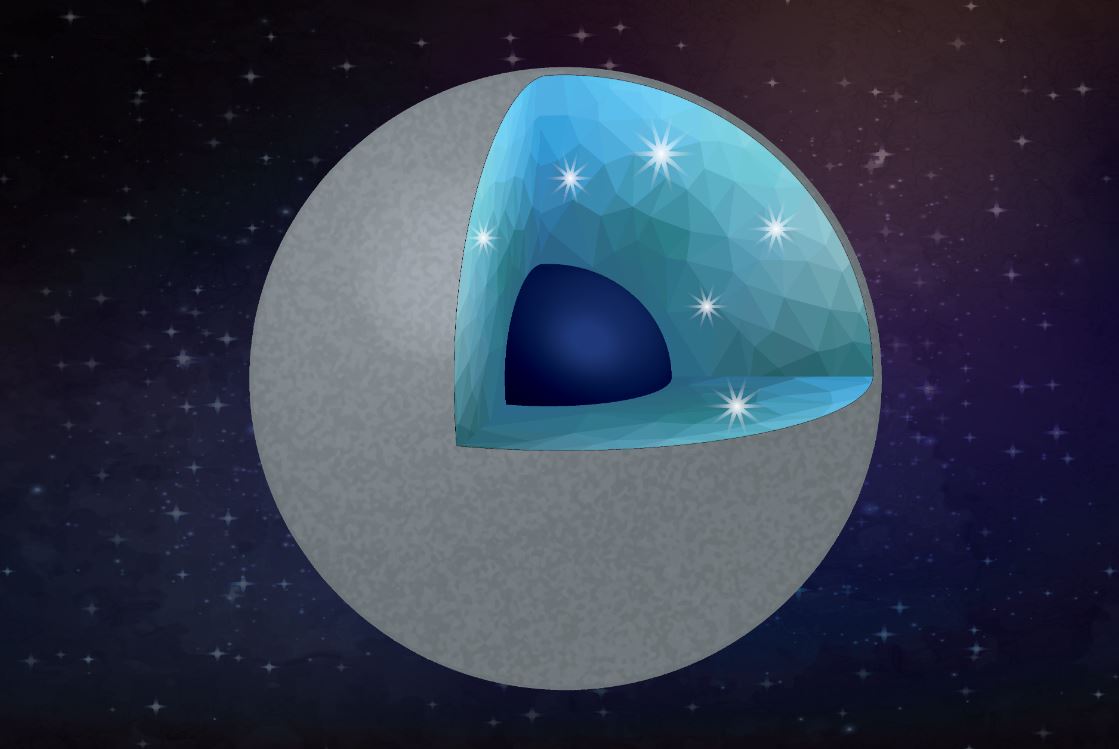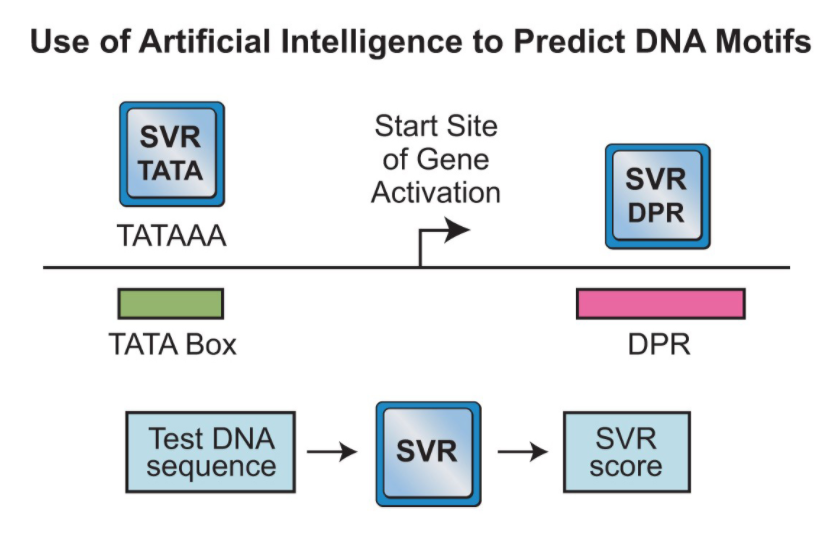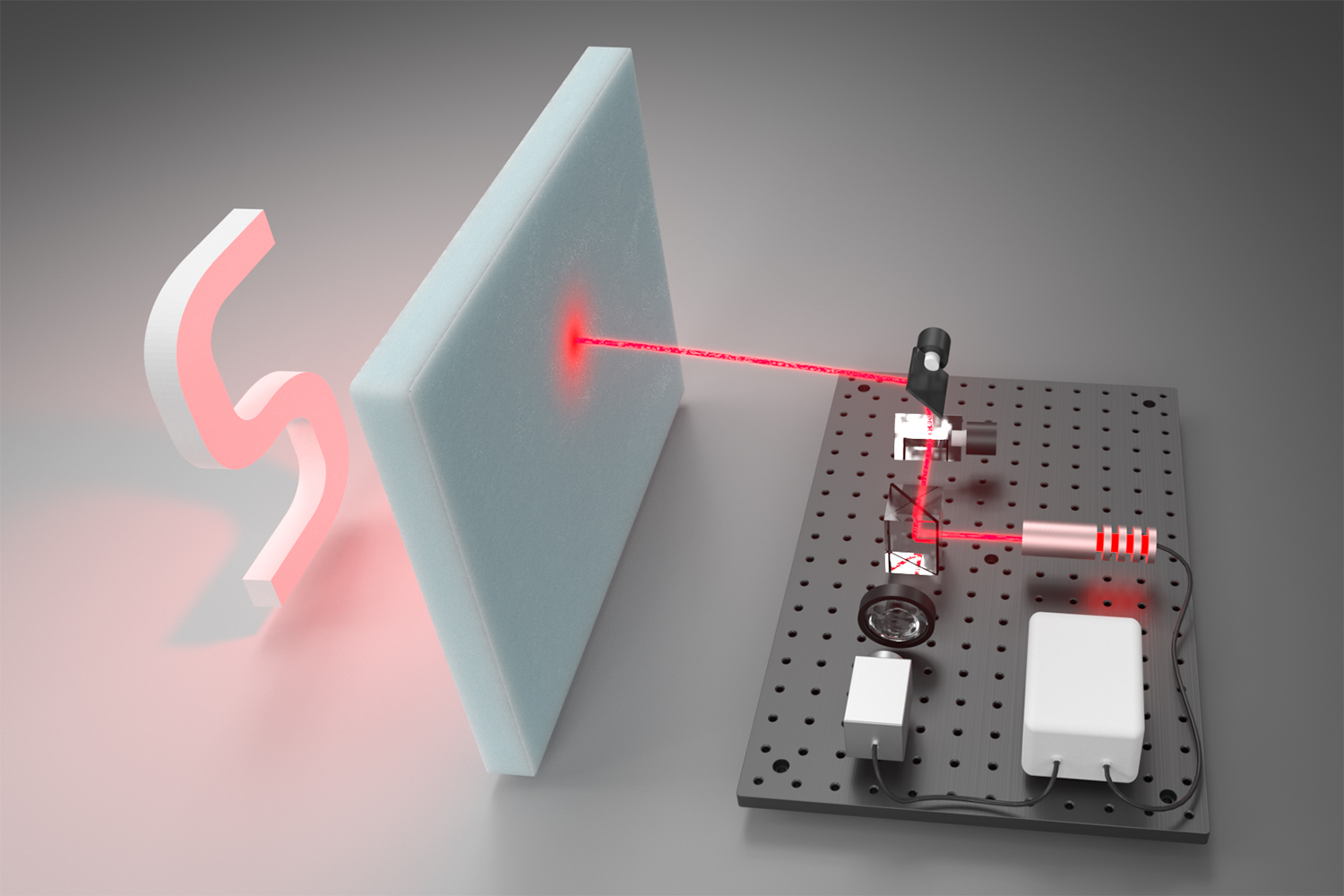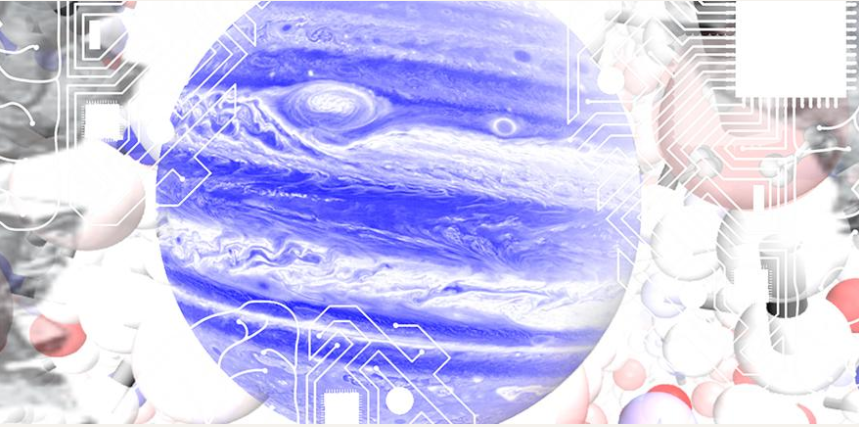
As missions like NASA’s Hubble Space Telescope, TESS and Kepler continue to provide insights into the properties of exoplanets (planets around other stars), scientists are increasingly able to piece together what these planets look like, what they are made of, and if they could be habitable or even inhabited.
In a new study published recently in The Planetary Science Journal, a team of researchers from Arizona State University (ASU) and the University of Chicago ha...
Read More








Recent Comments